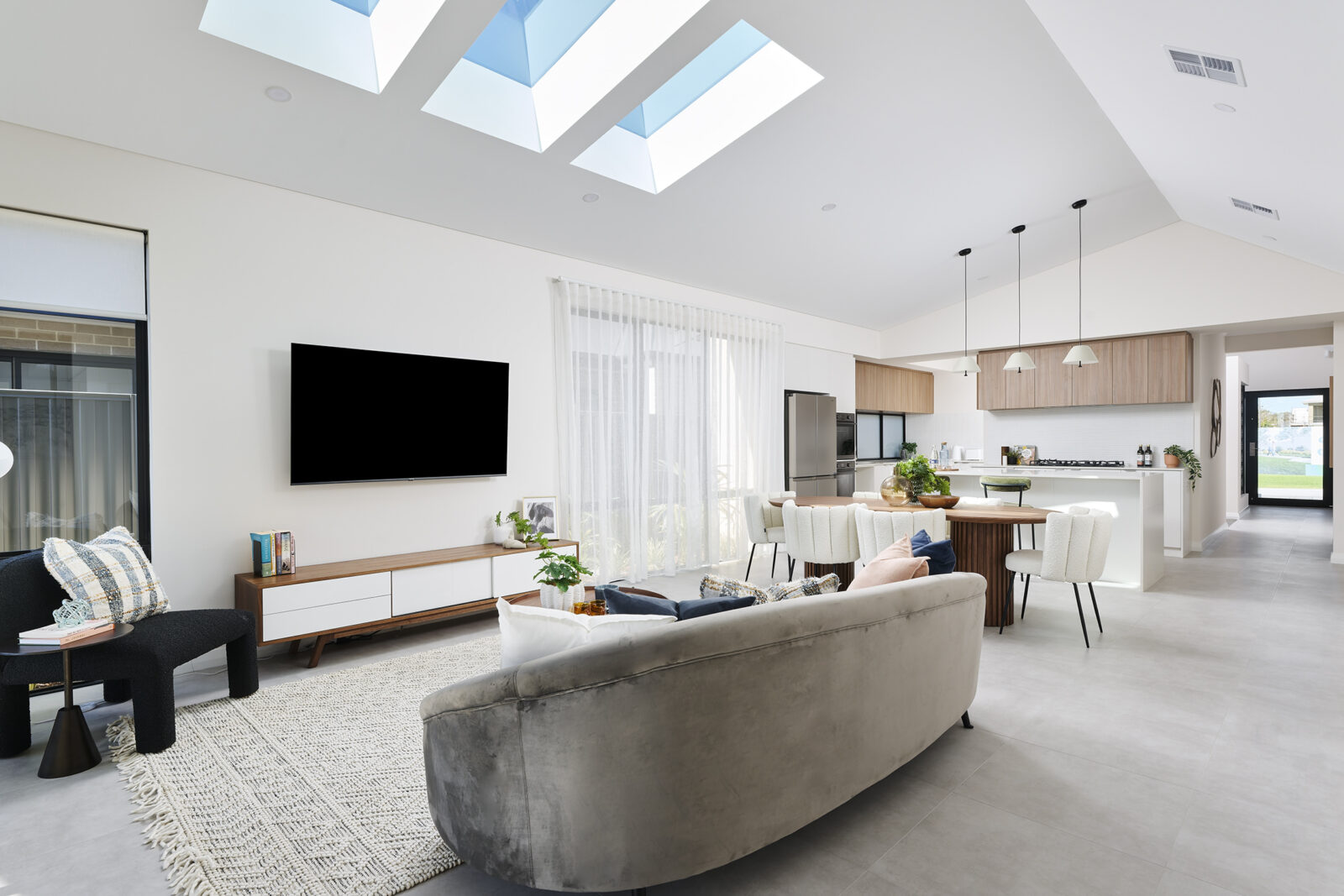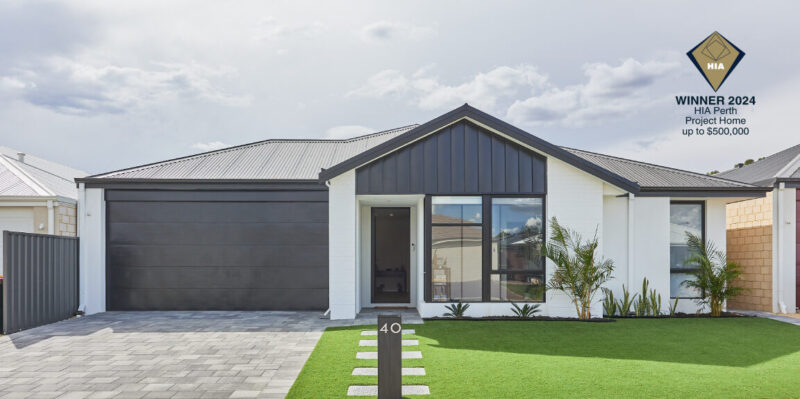The kids have moved out and it’s time to hand over the family home to another generation to enjoy. But that doesn’t mean you need to give up all of your space. In fact, it’s very possible to downsize from a large family house into a smaller home or apartment and still be able to have the grandkids to sleep, the family over for meals and even have a lovely outdoor area to enjoy the fresh Western Australian weather.
Downsizing trends in Western Australia
According to a recent study, Western Australians value space, and when downsizing, still want at least three bedrooms. However, for the 32% of Western Australians who are over 55, the idea of an apartment simply doesn’t cut it. Rather, they are looking for smaller suburban housing options such as townhouses or terrace lots.
Of those surveyed, the ability to ‘lock up and go’ was a huge drawcard to downsizing, as was the low-maintenance lifestyle of a smaller garden. Other reasons for downsizing include being closer to certain amenities and even being able to walk to and from the shops, having level-access via lifts, or even moving into specific downsizing communities with communal facilities.
When it comes to the extra bedrooms, almost 60% of people surveyed wanted a spare guest room, half wanted a study and almost a third was looking to dedicate a room solely to their grandkids. Hence the need for a three-bedder.
For many downsizers, the ability to stay in their current community is also a crucial requirement. Relationships have been made, families tend to stick to the same general area. So downsizing in the same area, while sometimes difficult, is always more desirable than moving completely.
A guide to downsizing successfully
Downsizing is not just about moving into a smaller home. It’s also about gaining certain freedoms. It’s the financial freedom you may inherit and the time you’ll gain because there’s less maintenance or someone to do the maintenance for you. You can also choose a floor plan and location that suits your current needs better. Importantly though, downsizing does not mean moving into a retirement village or moving into a one or two-bedroom apartment. It simply means moving into a smaller dwelling, whatever that may mean to you.
Of course, there are disadvantages to downsizing. A smaller home generally means less space. However, there are ways to handle this. For many downsizers, for example, moving from four bedrooms to three bedrooms is sufficient, but they want the ability to entertain more, so they’ll prioritise living and dining area size.
Another element that many downsizers grapple with is the emotional connection to their current home. There are memories attached to the walls, and it can be very difficult to let go.
And importantly, you need to consider the costs involved with any move. It’s always a good idea to sell and buy in the same market, but there will be real estate agent fees, stampy duty, legal fees and even fees for furniture removal. These add up.
However, if you’ve decided to take the plunge, there are many tips to take on board to make it a successful downsizing move:
1. Become comfortable with the idea
Discuss your move with those around you. Your family home may be sentimental to your kids, so they need time to get used to the idea as well. The whole process of selling your home, finding a new home, packing up and moving takes a lot of energy – physically, emotionally and mentally – so give yourself some time to process everything.
2. Consider the location you want
Location is crucial and deciding where you want to live will largely dictate what is available to you. Think about things such as where your family and friends live – it’s always nice to stay close by – and what amenities you need to stay close to, for example, your local GP and emergency services. How far away is the closest supermarket, pharmacy and public transport options and are they in easy walking distance.
3. Write a list of your priorities
This includes what kind of floor plan you want, what suburbs you like most, what kind of outdoor area you want and what you need close by. Once you know your priorities, you can start to really consider what kind of home you want and where.
4. Decide what you’re willing to compromise on
We all need to make compromises to find our ‘dream’ home. If you need three bedrooms, are you willing to only have two bathrooms or one parking space? Are you willing to compromise on the outdoor area to have more entertaining space inside? Remember, you’re downsizing to a smaller home so you won’t be able to have everything you do currently.
5. Create your moving checklist
What furniture will be coming with you and what can be sold, what needs to be passed on to your kids? Moving is a big deal, especially if you’ve been at your current residence for a few decades. You’ve likely accumulated things. So make a checklist of exactly what you cannot part with. But remember, not everything will fit in the new home and not everything will suit the new home. This even means making a list of what companies need your new address and switching utilities companies.
6. Consider building a new home
If you’re really particular about what you want, consider building your own home to enjoy. You’ll get exactly what you want, where you want and you can even customise it to your exact specifications.
Downsizing doesn’t have to be a scary or difficult thing to do. Understand your priorities, figure out your compromises and find the right place for you and your future.




